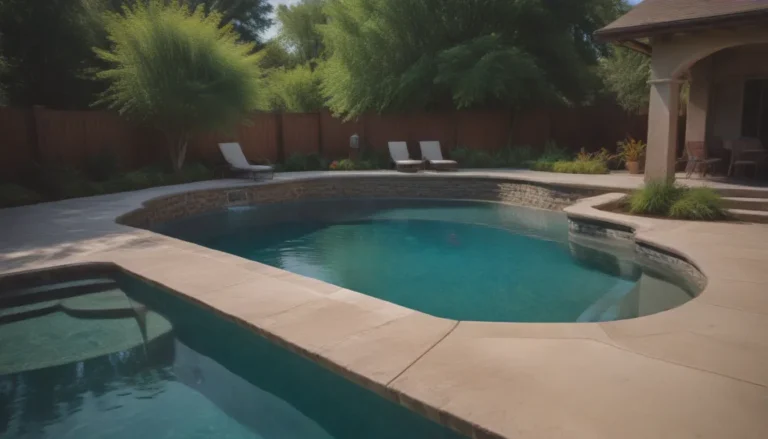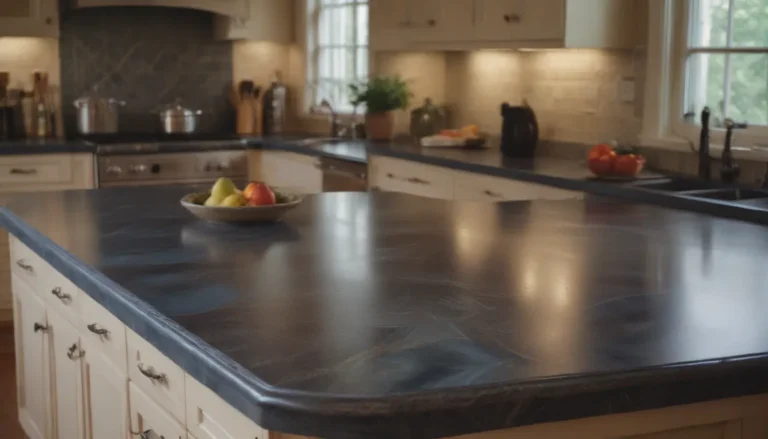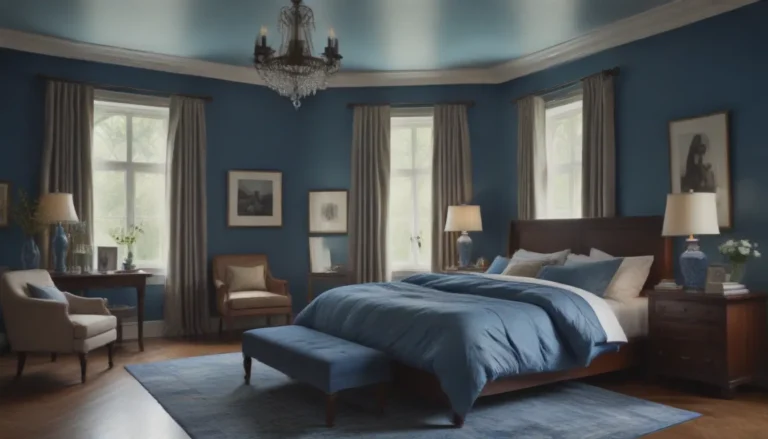Exploring the Influence and Legacy of Bauhaus Architecture

Understanding Bauhaus Architecture
Have you ever wondered about the origins of that sleek, minimalist design aesthetic that seems to be everywhere these days? Look no further than Bauhaus architecture. Bauhaus was a groundbreaking movement that emerged from a German school founded by Walter Gropius in the early 20th century. The goal was ambitious yet noble – to revolutionize architecture and design in order to rebuild society in the aftermath of World War I. By blending fine arts, crafts, design, architecture, and technology, Bauhaus championed a rational, functional approach that favored simplicity and purpose over ornate decoration.
The Origins of Bauhaus Architecture
The Bauhaus school was established in 1919 with a vision to create a unified work of art, known as Gesamtkunstwerk in German. Walter Gropius, the school’s founder, believed that building was the ultimate goal of all artistic endeavors. Through Bauhaus, he hoped to merge various art forms into a cohesive whole. Despite facing opposition from the Nazis, who viewed Bauhaus as subversive and un-German, the movement persevered. Gropius and other key figures of Bauhaus eventually spread its principles across continents, establishing it as an international design phenomenon.
The Impact and Evolution of Bauhaus Architecture
As Bauhaus gained traction, its influence extended beyond Germany, shaping the architectural landscape of countries like the United States, Canada, and Israel. Bauhaus principles emphasized the importance of incorporating arts and crafts techniques into mass production, ensuring that aesthetic standards were maintained in an increasingly industrialized world. From furniture to typography, Bauhaus permeated various aspects of design, leaving a lasting legacy that continues to inspire creators worldwide.
Key Elements of Bauhaus Architecture
While Bauhaus buildings exhibit a range of styles, certain key characteristics define the movement:
- Angular and linear structures
- Curved balconies and rounded corners
Interesting Facts About Bauhaus Style
Delving deeper into the world of Bauhaus architecture reveals fascinating insights:
- Truth to materials principle celebrates the natural beauty of materials
- Tel Aviv’s “White City” boasts over 4,000 Bauhaus-style buildings
- Bauhaus design principles influenced iconic products like Apple’s creations
Embracing Bauhaus in Modern Design
In our contemporary world, the legacy of Bauhaus architecture continues to resonate, influencing modern design trends and inspiring a new generation of creatives. By embracing the principles of simplicity, functionality, and honesty in materials, designers can pay homage to the revolutionary spirit of Bauhaus while infusing their own vision into architectural marvels.
Incorporating Bauhaus Principles in Design
If you’re looking to infuse your own projects with the essence of Bauhaus, consider these tips:
- Prioritize functionality and purpose in your designs
- Celebrate the beauty of raw materials
- Experiment with geometric shapes and clean lines
Applying Bauhaus Principles to Everyday Life
From home decor to fashion, Bauhaus principles can be seamlessly integrated into everyday life. Whether you’re revamping your living space or adding a touch of Bauhaus flair to your wardrobe, the possibilities are endless. Embrace the spirit of innovation and creativity that Bauhaus embodies, and watch as your surroundings transform into a testament to timeless design.
In conclusion, Bauhaus architecture remains a beacon of innovation and creativity in the design world. By understanding its origins, key elements, and lasting impact, we can appreciate the enduring legacy of this groundbreaking movement. As we continue to draw inspiration from Bauhaus principles, we ensure that its revolutionary spirit lives on, shaping the future of design for generations to come.





